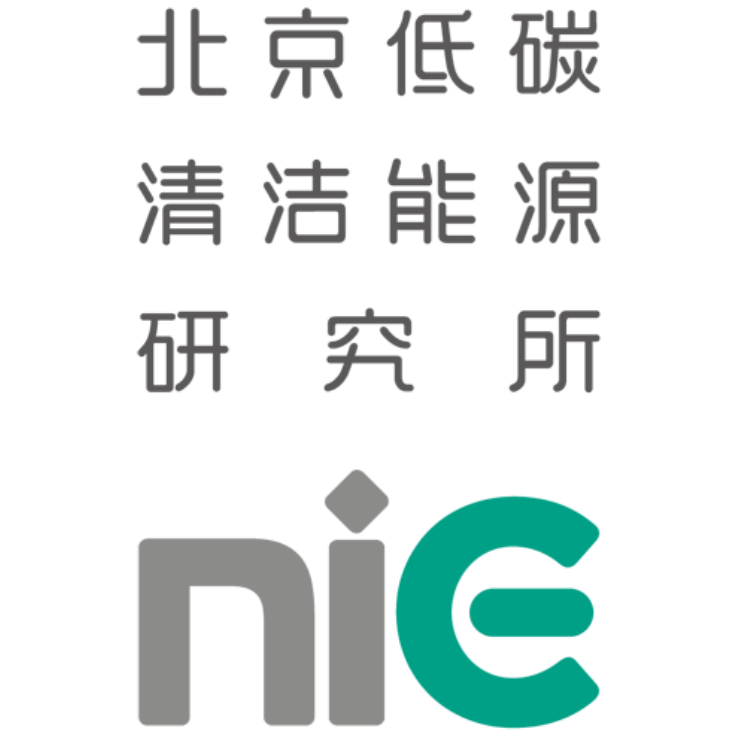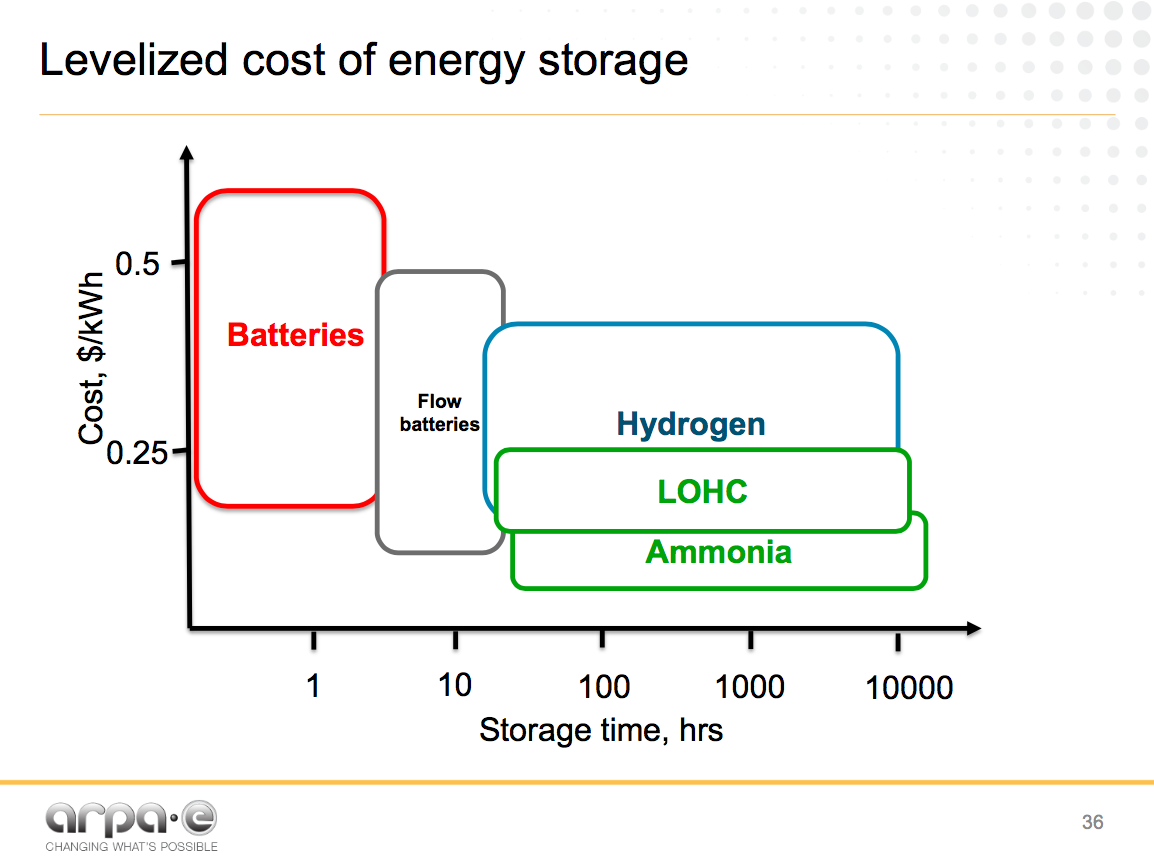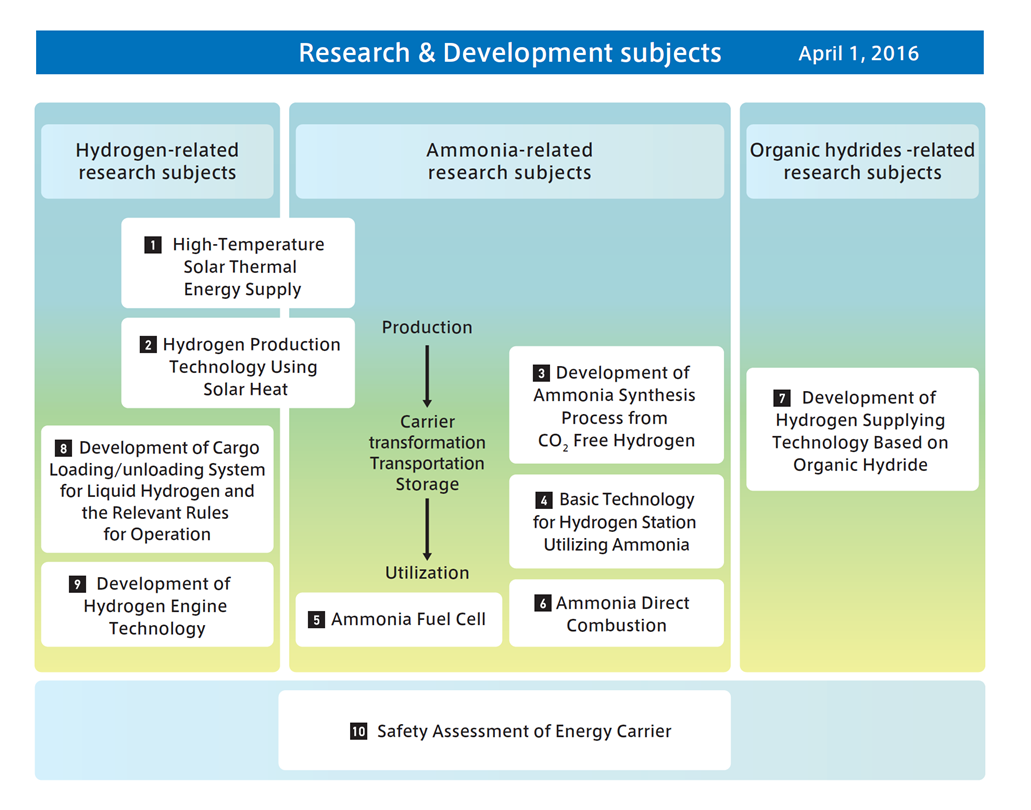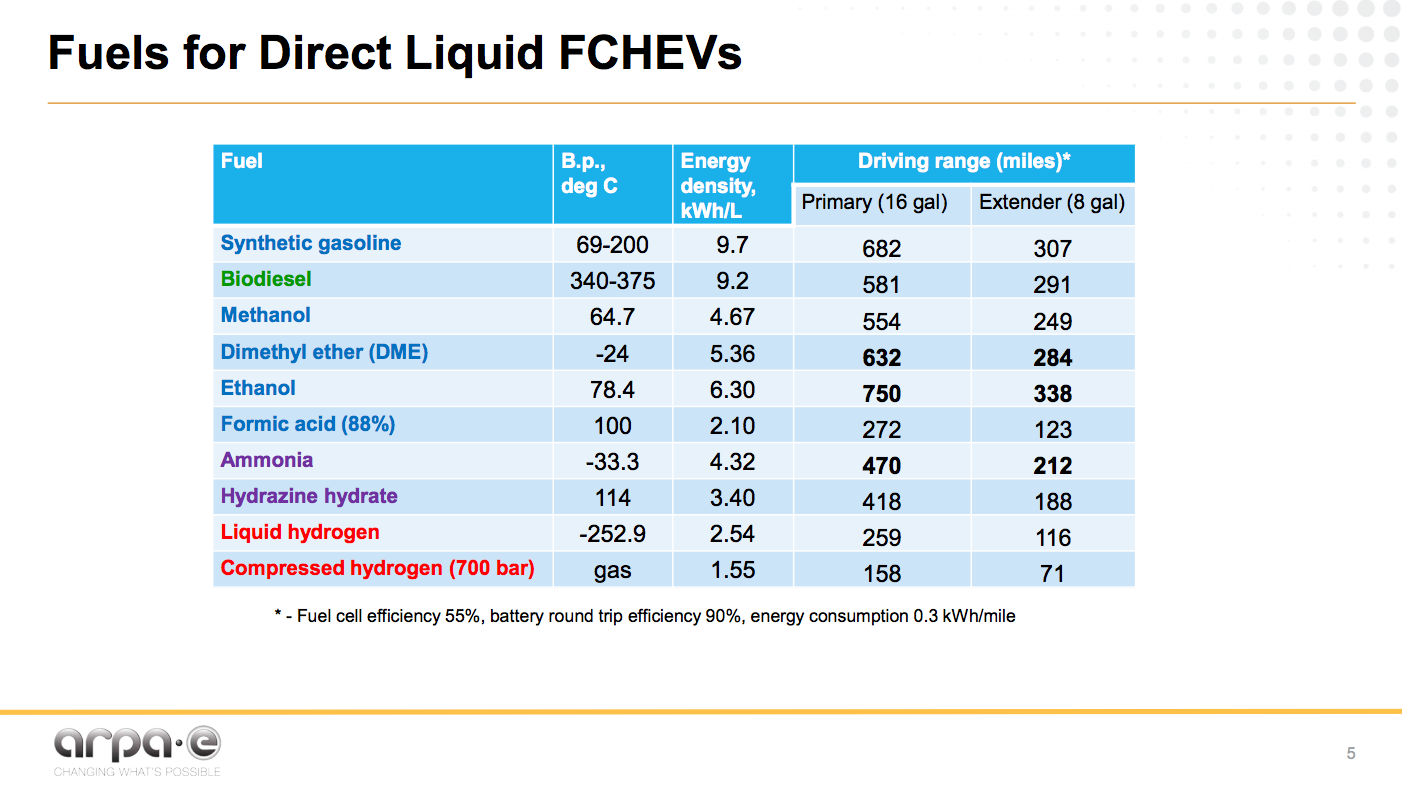China and Australia collaborate on ammonia as a clean transport fuel
The University of Western Australia has entered the increasingly competitive field of ammonia energy research in Australia, announcing a collaborative agreement to develop "the world's first practical ammonia-powered vehicle" as well as an "ammonia-based hydrogen production plant." These goals are supported by funding from the R&D arm of Shenhua Group, formerly a coal company but now "China's largest hydrogen producer with a production capacity to power 40 million fuel cell passenger cars."








